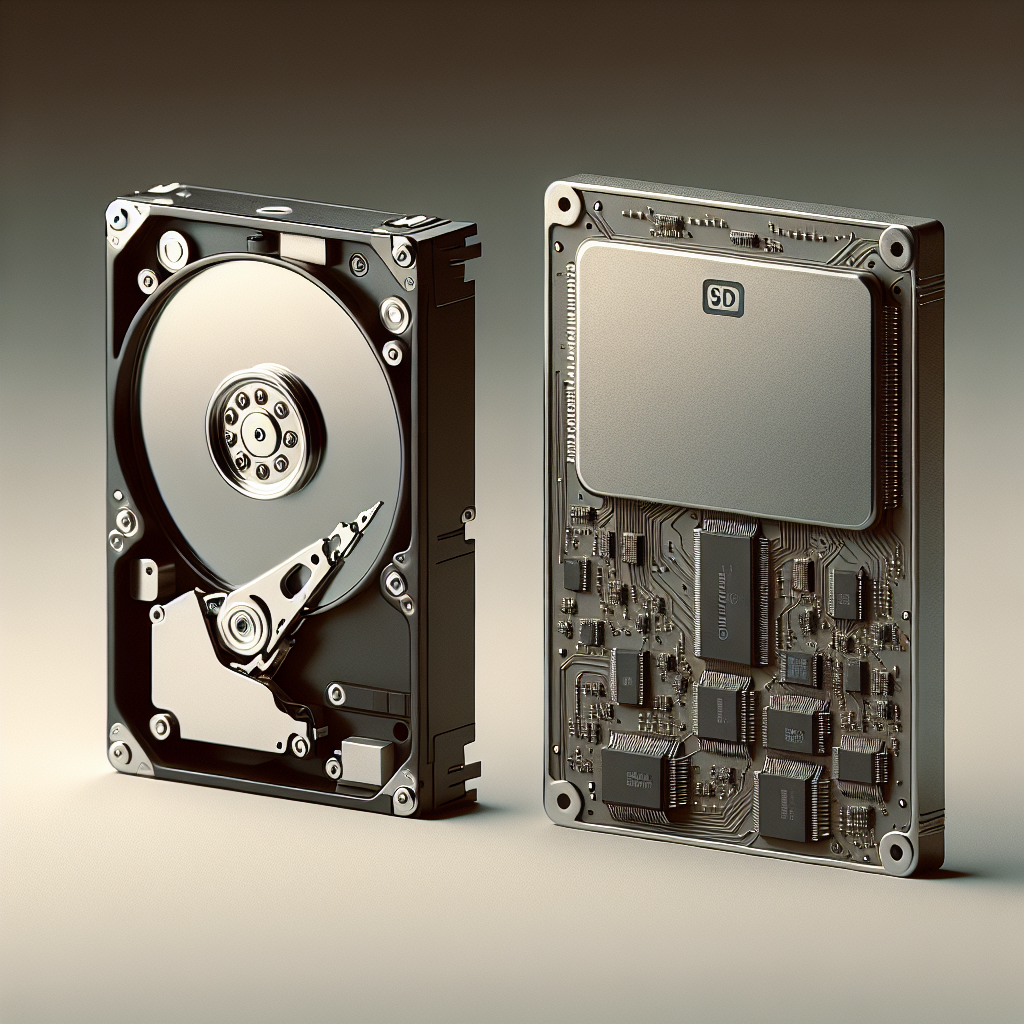Your cart is currently empty!
SATA vs SSD: Understanding the Differences and Benefits

When it comes to storage options for computers, two popular choices are SATA and SSD. Both have their own advantages and disadvantages, and understanding the differences between the two can help you make an informed decision on which one is best for your needs.
SATA, which stands for Serial Advanced Technology Attachment, is a traditional hard drive technology that has been around for many years. It uses spinning disks to store data, which can lead to slower read and write speeds compared to SSDs. However, SATA drives are still widely used due to their affordability and large storage capacities. They are a good option for storing large amounts of data, such as photos, videos, and documents.
On the other hand, SSDs, or Solid State Drives, are a newer technology that have become increasingly popular in recent years. Instead of spinning disks, SSDs use flash memory to store data, which allows for much faster read and write speeds. This means that your computer can boot up faster, programs can load quicker, and overall performance is improved. SSDs are also more durable than SATA drives, as they have no moving parts that can wear out over time.
One of the main benefits of SSDs is their speed. They can be up to 10 times faster than SATA drives, making them ideal for tasks that require quick access to data, such as gaming or video editing. SSDs are also more energy efficient, which can lead to longer battery life for laptops.
When it comes to price, SSDs are typically more expensive than SATA drives, especially for larger storage capacities. However, prices have been steadily decreasing over the years, making them more accessible to consumers.
In conclusion, both SATA and SSDs have their own advantages and disadvantages. SATA drives are more affordable and have larger storage capacities, making them a good option for storing lots of data. SSDs, on the other hand, offer faster speeds, improved performance, and better durability. Ultimately, the choice between the two will depend on your budget and how you plan to use your computer. If speed and performance are important to you, then an SSD may be the better option. However, if you need a large amount of storage at a more affordable price, a SATA drive may be the way to go.

Leave a Reply